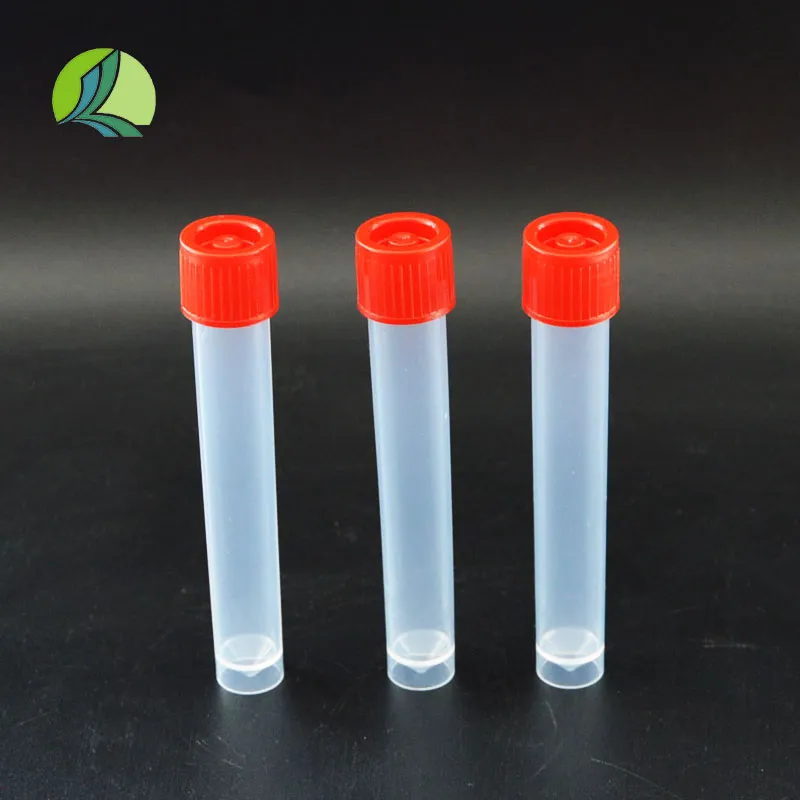
-
 Afrikaans
Afrikaans -
 Albanian
Albanian -
 Amharic
Amharic -
 Arabic
Arabic -
 Armenian
Armenian -
 Azerbaijani
Azerbaijani -
 Basque
Basque -
 Belarusian
Belarusian -
 Bengali
Bengali -
 Bosnian
Bosnian -
 Bulgarian
Bulgarian -
 Catalan
Catalan -
 Cebuano
Cebuano -
 Corsican
Corsican -
 Croatian
Croatian -
 Czech
Czech -
 Danish
Danish -
 Dutch
Dutch -
 English
English -
 Esperanto
Esperanto -
 Estonian
Estonian -
 Finnish
Finnish -
 French
French -
 Frisian
Frisian -
 Galician
Galician -
 Georgian
Georgian -
 German
German -
 Greek
Greek -
 Gujarati
Gujarati -
 Haitian Creole
Haitian Creole -
 hausa
hausa -
 hawaiian
hawaiian -
 Hebrew
Hebrew -
 Hindi
Hindi -
 Miao
Miao -
 Hungarian
Hungarian -
 Icelandic
Icelandic -
 igbo
igbo -
 Indonesian
Indonesian -
 irish
irish -
 Italian
Italian -
 Japanese
Japanese -
 Javanese
Javanese -
 Kannada
Kannada -
 kazakh
kazakh -
 Khmer
Khmer -
 Rwandese
Rwandese -
 Korean
Korean -
 Kurdish
Kurdish -
 Kyrgyz
Kyrgyz -
 Lao
Lao -
 Latin
Latin -
 Latvian
Latvian -
 Lithuanian
Lithuanian -
 Luxembourgish
Luxembourgish -
 Macedonian
Macedonian -
 Malgashi
Malgashi -
 Malay
Malay -
 Malayalam
Malayalam -
 Maltese
Maltese -
 Maori
Maori -
 Marathi
Marathi -
 Mongolian
Mongolian -
 Myanmar
Myanmar -
 Nepali
Nepali -
 Norwegian
Norwegian -
 Norwegian
Norwegian -
 Occitan
Occitan -
 Pashto
Pashto -
 Persian
Persian -
 Polish
Polish -
 Portuguese
Portuguese -
 Punjabi
Punjabi -
 Romanian
Romanian -
 Russian
Russian -
 Samoan
Samoan -
 Scottish Gaelic
Scottish Gaelic -
 Serbian
Serbian -
 Sesotho
Sesotho -
 Shona
Shona -
 Sindhi
Sindhi -
 Sinhala
Sinhala -
 Slovak
Slovak -
 Slovenian
Slovenian -
 Somali
Somali -
 Spanish
Spanish -
 Sundanese
Sundanese -
 Swahili
Swahili -
 Swedish
Swedish -
 Tagalog
Tagalog -
 Tajik
Tajik -
 Tamil
Tamil -
 Tatar
Tatar -
 Telugu
Telugu -
 Thai
Thai -
 Turkish
Turkish -
 Turkmen
Turkmen -
 Ukrainian
Ukrainian -
 Urdu
Urdu -
 Uighur
Uighur -
 Uzbek
Uzbek -
 Vietnamese
Vietnamese -
 Welsh
Welsh -
 Bantu
Bantu -
 Yiddish
Yiddish -
 Yoruba
Yoruba -
 Zulu
Zulu
Different Varieties of Laboratory Reagent Bottles Explained and Compared
Types of Reagent Bottles An Overview
Reagent bottles are essential tools in laboratories, used for storing and dispensing various chemicals and reagents. These bottles come in different shapes, sizes, and materials, making them suitable for a wide range of applications. Understanding the types of reagent bottles and their specific uses can enhance safety and efficiency in any laboratory setting.
One of the most common types of reagent bottles is the glass reagent bottle. Made from borosilicate glass, these bottles can withstand high temperatures and provide excellent chemical resistance. They are ideal for storing acids, bases, and organic solvents. Glass bottles also allow for easy cleaning and can be reused multiple times, making them a cost-effective option for many laboratories. However, they are more fragile than other materials and require careful handling.
Another type is the plastic reagent bottle, typically made from materials like polyethylene or polypropylene. These bottles are lightweight, durable, and resistant to breakage, making them suitable for various laboratory environments. Plastic reagent bottles are often used for storing less hazardous chemicals, as they may not provide the same level of chemical resistance as glass. Additionally, they often come with secure closures and dispensing options that facilitate easy pouring and measurement.
types of reagent bottles

For more specialized applications, there are specialized reagent bottles, such as those designed for specific types of chemicals. For example, fluoride-resistant bottles are used to store fluorinated compounds, while amber glass bottles are utilized for light-sensitive chemicals, protecting them from degradation due to UV exposure.
In addition to their construction material, reagent bottles also vary in design. Some are fitted with dropper tops or pipette systems for precise dispensing, while others feature wide mouths for easy filling and cleaning. The size of reagent bottles can range from small vials used for storing samples to large containers designed for bulk chemicals.
When selecting a reagent bottle, it's crucial to consider the chemical properties of the substance being stored, including its reactivity, volatility, and sensitivity to light. Proper labeling and storage practices are also essential to ensure safety and prevent spills or contamination.
In conclusion, understanding the various types of reagent bottles available can significantly enhance laboratory practices. Whether using glass or plastic, each type has its advantages and applications. Choosing the right reagent bottle not only improves safety but also contributes to the overall efficiency and reliability of laboratory work.
-
Premium Metal Dropper Bottle for Precise Dispensing 250ml & 1ml Options AvailableNewsJul.04,2025
-
20 ml Headspace Vials - High Quality Polyethylene & Plastic Vials for Lab UseNewsJul.04,2025
-
Small Bottle with Pipette - Precise Dispensing 100ml Pipette Bottles for Essential Oils & Lab UseNewsJun.24,2025
-
Acetic Anhydride Bottle for Accurate Dropper Measurement in Pharmacy Use High-Quality Dropper BottlesNewsJun.10,2025
-
Innovative PET Bottle Design for Juice – Unique Shapes & Customization OptionsNewsJun.10,2025
-
20 Pack Sterilized Petri Dishes – Assorted Sizes, High Quality Small Plastic Petri Dishes for Lab UseNewsJun.10,2025






















